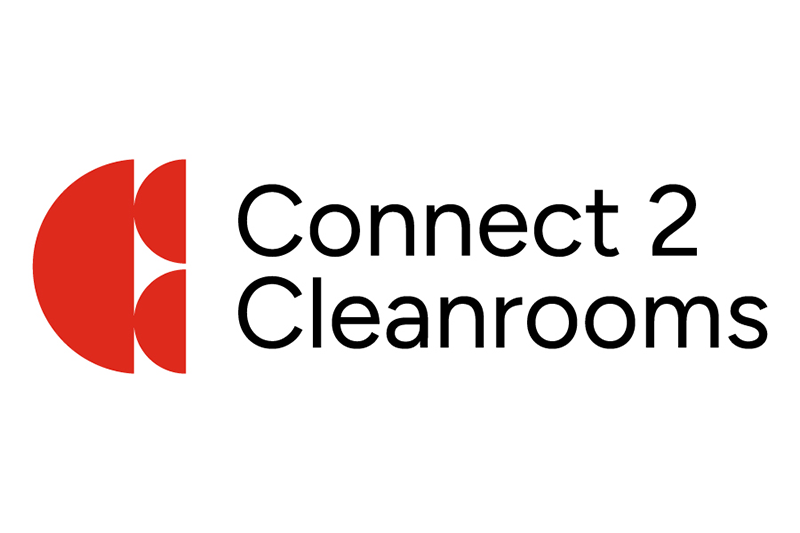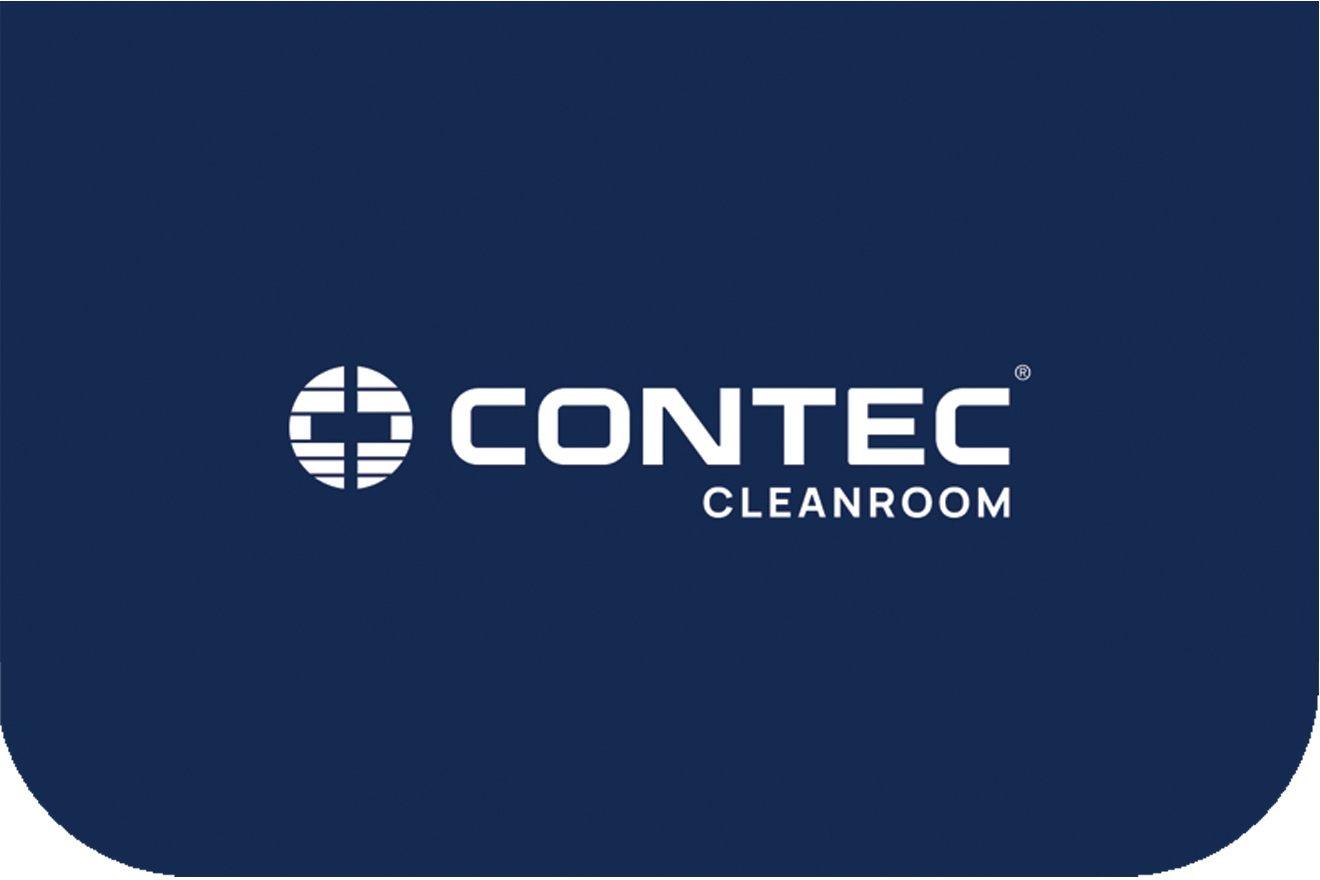In the year that has rocked the events industry to its core, the Cleanroom Technology Conference kicked off its virtual event.
Professionals from 31 countries across Europe, Asia, North America and further afield logged onto their computers for a day of international cooperation.
Before most of the world even woke up Cleanroom operators in India and across Asia were treated to a series of talks targeted at the exploding market. Then at 9am the Cleanroom Technology Conference officially began.
Lively debate
The day started with some familiar faces to those in the cleanroom sector. Gordon Farquharson from Critical Systems gave the opening remarks as employees from FG Clean Wipes, Ansell, and Camfil greeted him in the comments from the safety of their homes.
Farquharson then went on to deliver a talk describing the work of the BSI standards committee, detailing the recent and future trends that have culminated in the ISO standards. Following his presentation, Andy Whittard from Cherwell Laboratories started an interesting conversation about UV disinfection regarding EN17141 and ISO14698.
Others also discussed UV disinfection in the chat that followed. Paul Bradley from B Braun said: "UVC light is currently being used for disinfection but is there any standards for the use of UVC as a surface disinfectant?" To which Carolyn Burney from MSL responded: "There is a UV standard Development under TC216 however this is some way from published."
These were then followed by a disinfectant residues talk from Contec's Karen Rossington. Rossington expressed her concerns that some pharmaceutical companies have, in fact, been cited for residues in their facility! Most of the time these were not the disinfectant's API, but other parts of the disinfectant.
Filters that are allowed to remain wet for 48-hours or more could be subject to mould growth within the media
Next up was Jim Polarine from STERIS. He ran us through disinfectant validation and methods to circumvent them. Paul Bradley from B Braun posed an interesting question in the chat: "Wouldn't a 1-2 log reduction using water control only with EN16615 be expected due to binding of the organisms onto the wipe? Comparing against results from EN13697 it would demonstrate the synergistic effect of spray and wipe disinfection."
After Polarine there was a pause for exhibitor time to enter discussion and prearranged conversations. A digital conversation that is ongoing the way a lot of the 'new normal' conversations are.
BioSperix's Alicia Henn followed the break with a pharmaceutical-focused talk about attrition of microbes without microbiocides in closed cell processing systems. The huge takeaway from her talk seemed to be about relative humidities in these systems, how they are controlled, and why they need to be controlled. Cell and humans need different conditions seemed to be her mantra!
Michael Arthur from Wickham Laboratories then gave a very interesting talk about microbiological considerations during construction. Arthur focused on the material selection and their pros and cons.
When conversation in the chat turned to the necessity of coving for final finish, Arthur said: "The final finish will be dependant upon the final ISO rating that is to be achieved and the throughput of personnel or equipment, which will need to be assessed during the risk assessment stage of the design process, such as high throughput will require more resistant materials and many other factors including light sensitivity of Active Pharmaceutical Ingredients (APIs) or the noise of the machinery in the room can be a significant factor."
During the next talk about PPE by Ann Van Den Borre from Ansell, her and Gordon Farquharson had an exchange about upcoming legislature for PPE.
Farquharson said: "Please be aware that ISO TC209 is currently writing a new standard specifying requirements for consumables used in Cleanrooms. This will be ISO 14644-part 18. Also it would be possible to adapt ISO 14644-14 or -15 to assess the emission Of particles or chemicals from PPE under test or in use."
Van Den Borre replied: "There have been published two ISO in the last years but I have not seen them applied so far. I welcome clear guidelines, as long as they are also practically implementable by the PPE manufacturer."
It was great to see such an interesting conversation between two extremely knowledgeable experts, made possible by the event that allows these discussions to occur so easily while many are trapped in their homes!
Next Microgenetics' Andrew Davies gave a fantastic talk about making the most out of microbiological data. Davies' passion for the topic leapt off the screen and described some great tools for getting the most out of the data. Speaking with admiration about the work of immunologist Edward Jenner, Davies related it to his work with data: "Although [Jenner] didn't understand why what he was doing worked, as he didn't know about what was causing these diseases, that didn't stop him from connecting the dots of things he had observed."
Leading into the afternoon, Microbiologist John Cobb from PMT spoke in one of the most viewed talks of the day, on the hot topic of EM and EU cGMP Annex 1 considerations.
There is a UV standard Development under TC216 however this is some way from published
Camfil's Alan Sweeney then followed with a dive into the advances of HEPA filtration in today's cleanrooms.
Sweeney's talk of filter lifespan prompted Matthew White from Pall Europe to ask: "The ten-year lifespan you mentioned in your presentation is this shelf life or working life? We use a H13 HEPA filter which we look to change out without fail every 3 years earlier if condition requires."
To which Sweeney responded with a detailed answer that focused on operating conditions and why the 10 year recommended life is not that simple. He gave this as an example: "Filters that are allowed to remain wet for 48-hours or more could be subject to mould growth within the media."
The penultimate talk was delivered by Beckman Coulter's Tony Harrrison, who walked through GMP cleanroom monitoring, with a particular focus on 21CFR part 11 data integrity. Part of the talk focused on the highly-topical vaccine production. "Vaccine production facilities are a rather unique subset of biopharmaceutical production," Harrison said. "They are optimised for growth of the disease microbe, but that also means, unfortunately, they are optimised for microbial growth."
Harrison explains the great care must be taken to stop the microbes from operators getting to bioreactors, but also vice versa. With coronavirus, this risk has been heavily emphasised.
The afternoon finished with a talk on the future of monitoring by Sam Armer from C2C, who shed light on risk assessment, how to produce a clear, defined URS and spoke the delegates through governing legislation.
Heading into tomorrow, speakers are eager to hear your questions so get your learning caps on!
A variety
Aside from the talks, the conference delegates were able to discuss in the 'Group Discussion' page. Many spoke of the specific talks they were looking forward to, and invited people to talk to them. This type of forum seems to be one of the silver linings of an online event compared to the live alternative.
The Manufacturing Chemist Live concurrent event has seen some extremely interesting topics raised, click here to see the review of our sister magazine and event!
[A quick reminder to delegates, if you send a message but your profile is hidden, the person/organisation can't respond. Make sure you get the most out of the event!]







